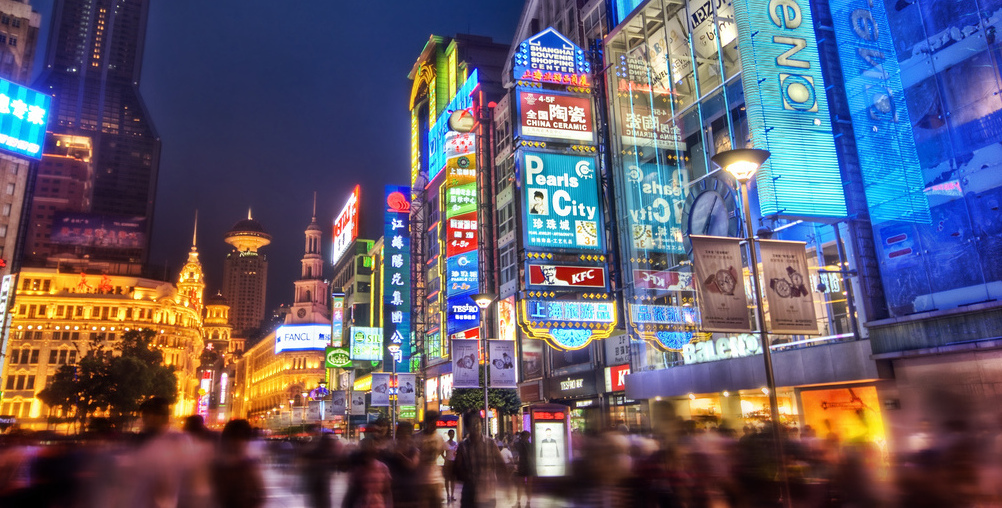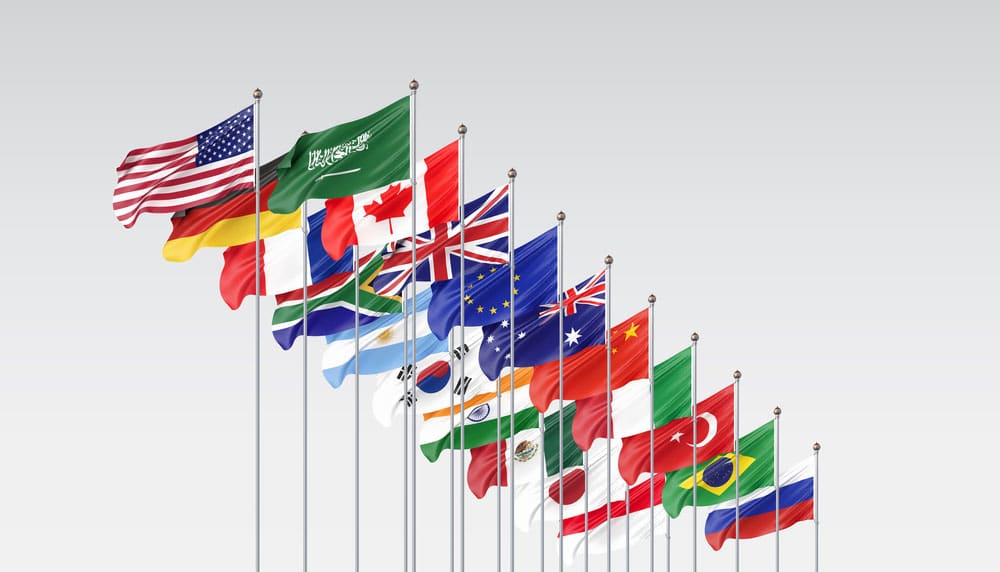Largest economies in the world (highest gdp per capita)
In the realm of global economic prowess, one country reigns supreme, wielding immense influence and commanding unparalleled financial might. This economic juggernaut is none other than the largest economy in the world. With its unrivaled scale, relentless innovation, and vast resources, this powerhouse nation shapes the trajectory of international trade, investment, and development.
The sheer magnitude of this economic behemoth is truly awe-inspiring, not only in terms of its gross domestic product (GDP) but also in the myriad factors that contribute to its remarkable stature. By delving into the intricate interplay of its economic drivers, policies, and cultural fabric, we embark on a captivating exploration of the forces propelling this nation’s meteoric rise to economic supremacy.
Beyond its towering GDP figures, this economic titan serves as a source of inspiration and aspiration for nations across the globe. By examining the underlying reasons behind its ascent and the challenges it faces, we gain valuable insights into the dynamics that define the modern economic landscape. So, let us delve into the captivating story of the largest economy in the world, unraveling the secrets behind its unparalleled success and examining the key factors that shape its trajectory.
Throughout this blog series, we will navigate the labyrinth of economic indicators, policies, and historical milestones that have shaped this economic superpower. From its dominance in technological innovation to its evolving labor market, from its impact on global supply chains to its diplomatic influence, we will uncover the multifaceted dimensions that make this economy a force to be reckoned with.
Join us as we embark on this enlightening journey to understand the inner workings of the largest economies in the world, peeling back the layers of its economic might and exploring the profound implications it holds for both its citizens and the global community. Prepare to be captivated by the awe-inspiring accomplishments, complex challenges, and boundless potential of this unstoppable force that defines the economic landscape of our time.
The World’s Largest Economies in 2024
1. United States of America – $23,3T
2. People’s Republic of China – $17,7T
3. Japan – $4,9T
4. Germany – $4,2T
5. India – $3,1T
6. United Kingdom – $3,1T
7. France – $2,9T
8. Italy – $2,1T
9. Canada – $1,9T
10. South Korea – $1,8T
1. United States of America – $23.3 trillion:
The United States of America stands unrivaled as the largest economy in the world. With a staggering GDP of $23.3 trillion, it exerts a dominant influence on the global economic landscape. Renowned for its entrepreneurial spirit, technological innovation, and robust financial markets, the U.S. economy thrives on a diverse range of industries, including finance, technology, healthcare, manufacturing, and entertainment. Its vast consumer market, abundant natural resources, and strong infrastructure further bolster its economic might, attracting both domestic and international investments. Additionally, the U.S. dollar’s status as the world’s primary reserve currency further solidifies its position as a global economic powerhouse.
2. People’s Republic of China – $17.7 trillion:
The rise of the People’s Republic of China as the world’s second-largest economy has been nothing short of remarkable. With a GDP of $17.7 trillion, China’s economic transformation has captivated the world’s attention. Fueled by a combination of rapid industrialization, a massive labor force, and strategic government policies, China has experienced unprecedented growth in sectors such as manufacturing, technology, and infrastructure development. As the world’s manufacturing hub, China exports a significant share of its products, contributing to its economic expansion. Moreover, the country’s increasing middle class and consumer spending power offer substantial opportunities for domestic and international businesses alike.
3. Japan – $4.9 trillion:
Japan’s economy, with a GDP of $4.9 trillion, holds the third position in the global rankings. Known for its technological prowess, precision manufacturing, and strong work ethic, Japan has made remarkable strides in industries like automobiles, electronics, and robotics. Despite facing economic challenges in recent decades, Japan remains a global leader in innovation and has a highly developed financial market. The country’s commitment to research and development, coupled with its emphasis on quality and efficiency, has contributed to its economic resilience and global competitiveness.
4. Germany – $4.2 trillion:
Germany, Europe’s economic powerhouse, claims the fourth spot on the list with a GDP of $4.2 trillion. Renowned for its engineering prowess and high-quality manufacturing, Germany has established itself as a global leader in automotive, machinery, and chemical industries. The country’s export-oriented economy benefits from its strong infrastructure, skilled workforce, and commitment to technological advancements. German companies’ reputation for precision and reliability has earned them a prominent position in international markets. Moreover, Germany’s robust social welfare system and focus on sustainable development contribute to its economic stability and resilience.
5. India – $3.1 trillion:
India, with its vibrant and diverse economy, secures the fifth position with a GDP of $3.1 trillion. Boasting a massive population and a rapidly expanding middle class, India offers immense market potential. The country has experienced notable growth in sectors such as information technology, telecommunications, services, and pharmaceuticals. With its robust entrepreneurial culture and government initiatives promoting innovation and investment, India continues to attract both domestic and foreign capital. However, it also faces challenges such as income inequality, infrastructure gaps, and bureaucratic complexities, which it strives to address for sustained economic progress.
6. United Kingdom – $3.1 trillion:
The United Kingdom, a global financial hub and leader in various sectors, follows closely with a GDP of $3.1 trillion. Known for its services industry, including finance, insurance, and professional services, the UK is home to world-renowned financial institutions and multinational corporations. Additionally, sectors such as manufacturing, aerospace, and creative industries contribute significantly to its economic output. Despite the challenges posed by Brexit and geopolitical uncertainties, the UK remains a prominent player in global trade and investment, attracting international businesses and fostering innovation.
7. France – $2.9 trillion:
France’s economy, with a GDP of $2.9 trillion, occupies the seventh spot on the list. Known for its cultural heritage, art, and fashion, France has a diverse and resilient economy. The country excels in sectors such as aerospace, automotive, luxury goods, and tourism. France’s commitment to research and development, coupled with its strong infrastructure and skilled workforce, drives its innovation and competitiveness. As a member of the European Union, France enjoys access to a vast market and benefits from its integration into regional trade and economic policies.
8. Italy – $2.1 trillion:
Italy, with a GDP of $2.1 trillion, is known for its rich history, art, and cuisine. The Italian economy thrives on a mix of industries, including manufacturing, fashion, design, tourism, and automotive. Italy has a strong tradition of craftsmanship and is renowned for its luxury brands and high-quality goods. The country’s cultural heritage and natural beauty attract millions of tourists, contributing to its economic growth. However, Italy faces challenges such as high public debt, bureaucratic inefficiencies, and slow productivity growth, which require ongoing reforms and investments.
9. Canada – $1.9 trillion:
Canada, with a GDP of $1.9 trillion, ranks ninth among the world’s largest economies. Known for its vast natural resources, including oil, minerals, and timber, Canada has a strong resource-based economy. Additionally, the country excels in sectors such as technology, aerospace, and financial services. Canada benefits from its close economic ties with the United States, which is its largest trading partner. Its stable political environment, skilled workforce, and commitment to innovation contribute to its economic resilience and attractiveness to businesses and investors.
10. South Korea – $1.8 trillion:
South Korea, with a GDP of $1.8 trillion, rounds off the top ten largest economies in the world. The country has achieved remarkable economic progress since the Korean War, transforming itself into a global leader in technology and manufacturing. South Korea’s major industries include electronics, automobiles, shipbuilding, and petrochemicals. The country’s emphasis on education, research and development, and technological innovation has been instrumental in its economic success. South Korean companies like Samsung and Hyundai have gained global recognition, driving the country’s exports and economic growth.
FAQs
What is the most developed country in Europe?
The most developed country in Europe is often a matter of debate, as development is measured by various factors such as GDP per capita, human development index, infrastructure, and social indicators. However, countries like Germany, Switzerland, Sweden, and Norway are often considered among the most developed nations in Europe due to their high standards of living, advanced infrastructure, strong social welfare systems, and technological advancements.
What is the most developed country in Africa?
When assessing the most developed country in Africa, various factors come into play, including economic growth, infrastructure, education, healthcare, and social development. Countries such as Seychelles, Mauritius, and Botswana are often recognized for their relatively high levels of development, stability, and strong governance. However, it’s important to note that development levels can vary within different regions of Africa, and progress is being made in various countries across the continent.
What is the most powerful country in Africa?
The notion of power can be subjective and can be evaluated through different lenses, such as military strength, economic influence, diplomatic reach, or regional leadership. In terms of economic influence, countries like Nigeria, South Africa, and Egypt are often considered influential due to their large economies, regional trade dominance, and demographic advantages. However, it’s important to note that power dynamics can shift over time and can be interpreted differently depending on the context.
Is Nigeria a good country to invest in?
Nigeria has a diverse economy and is often seen as an attractive investment destination in Africa. The country has abundant natural resources, a large consumer market, and a growing middle class. However, Nigeria also faces challenges such as infrastructure gaps, corruption, security concerns, and regulatory complexities, which can impact the investment climate. Conducting thorough research, understanding the business environment, and seeking expert advice are essential when considering investment in Nigeria or any other country.
Is Nigeria the poorest country in the world?
Nigeria is not the poorest country in the world. While Nigeria faces significant poverty challenges, particularly in certain regions and among certain populations, it is not the poorest country globally. Poverty rates in Nigeria vary across different regions and are influenced by factors such as income inequality, lack of access to basic services, and economic disparities. It’s important to consider poverty within the broader context of development indicators and the efforts being made to address poverty and improve living conditions.
What is the wealth of Nigeria?
A6: Nigeria is considered one of the wealthiest countries in Africa due to its vast natural resources, including oil, gas, minerals, and agricultural potential. However, it’s important to note that wealth distribution in Nigeria is uneven, and there are significant income disparities within the country. Factors such as corruption, infrastructure gaps, and social inequalities can impact the effective utilization and equitable distribution of the country’s wealth.
What is the most beautiful currency in Africa?
Beauty is subjective, and opinions may vary regarding the aesthetics of currency. However, several African countries have visually appealing banknotes. The currency of Seychelles, the Seychellois rupee, is often regarded as one of the most visually attractive currencies in Africa due to its colorful design featuring local flora, fauna, and cultural symbols. Other countries, such as South Africa, Morocco, and Cape Verde, also have visually appealing banknotes that showcase elements of their history, culture, and natural beauty. here are the most powerful currencies in the world.
